When planning a snorkeling adventure, most travelers immediately think of tropical destinations with pristine coral reefs and remote island getaways. Yet surprisingly, some of the world’s most vibrant urban centers offer unexpected underwater experiences just minutes from skyscrapers, historic districts, and bustling city life.
These metropolitan snorkeling spots provide unique opportunities to combine cultural exploration with aquatic adventures in a single trip. Here is a list of 20 cities around the world where you can unexpectedly don your mask and fins to discover underwater worlds hiding in plain sight of urban landscapes.
Oslo, Norway

Norway’s capital might seem too far north for satisfying snorkeling, but the clean waters of the Oslo Fjord offer remarkable visibility and surprising marine biodiversity during the summer months. The Bygdøy peninsula, accessible by public ferry from downtown, features several protected coves where snorkelers regularly spot crabs, starfish, and colorful nudibranchs against a backdrop of kelp forests.
The contrast between the underwater environment and the visible city skyline creates a surreal experience rarely found in conventional snorkeling destinations.
Melbourne, Australia
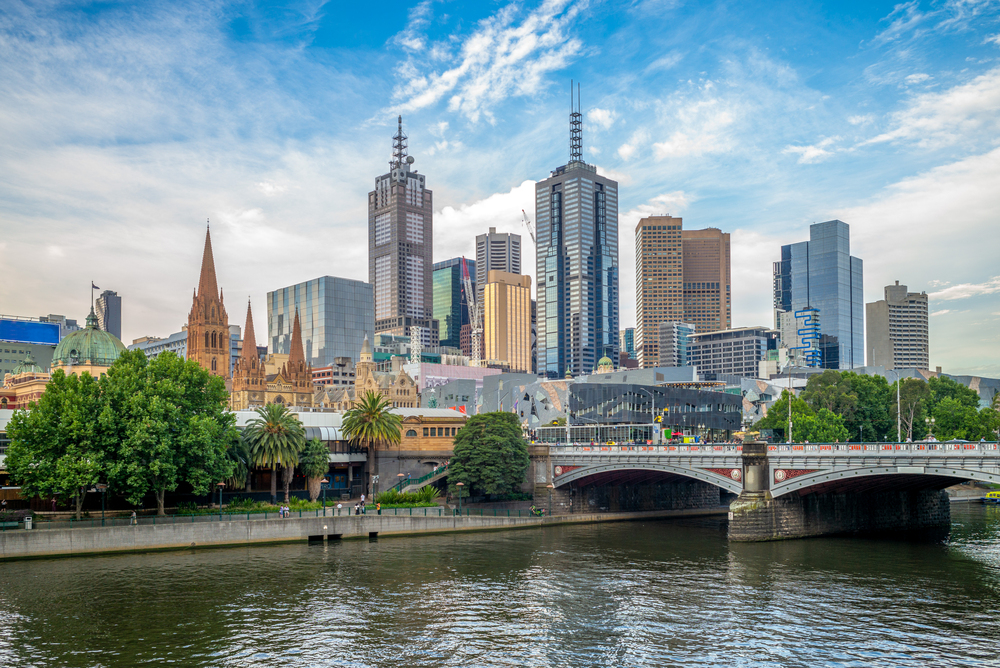
While Sydney gets attention for its beaches, Melbourne hides several outstanding urban snorkeling spots that locals treasure. The sheltered waters of Port Phillip Bay host remarkable pier-based marine ecosystems, with the Flinders Pier area featuring the highest concentration of weedy sea dragons in the accessible world.
These delicate relatives of seahorses, found only in southern Australian waters, drift among the pylons alongside octopuses and rays just 45 minutes from downtown Melbourne.
Like Travel Pug’s content? Follow us on MSN
Vancouver, Canada
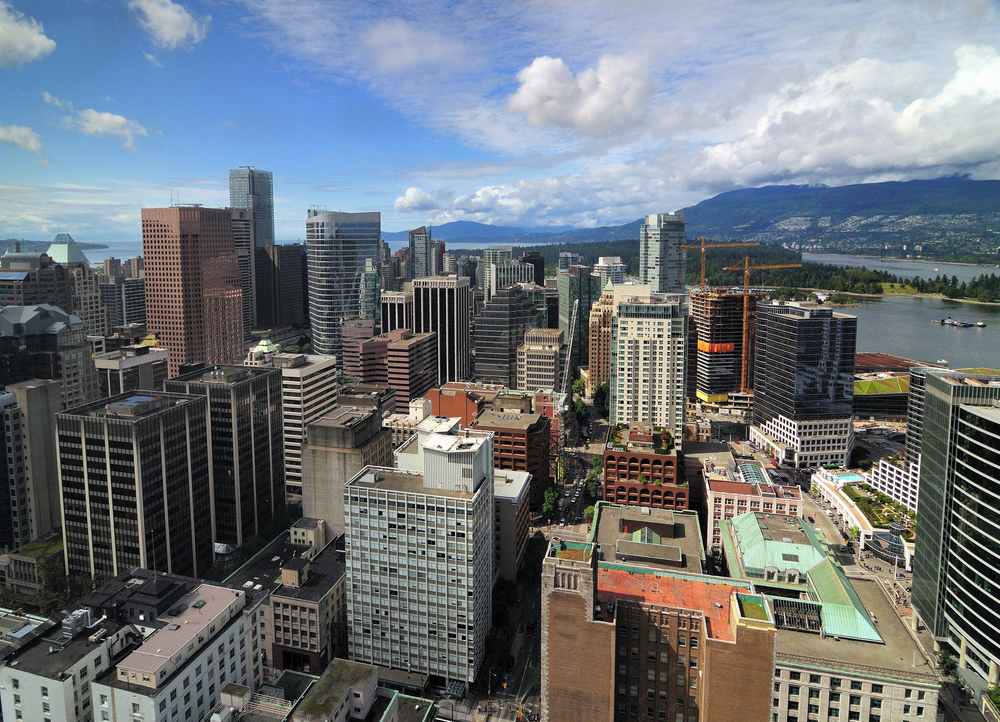
The Pacific waters surrounding this Canadian metropolis maintain surprising clarity in protected areas like Whytecliff Park, just 30 minutes from downtown. Rocky reefs and kelp forests support a rich ecosystem where harbor seals frequently investigate snorkelers exploring the underwater terrain.
The dramatic backdrop of mountains and city skyline creates a uniquely northwestern snorkeling experience possible from May through September when water temperatures become manageable.
Copenhagen, Denmark

Through dedicated environmental restoration efforts, the harbor waters of this Scandinavian capital have transformed from an industrial wasteland to a swimming destination. The clean, clear waters around Amager Beach Park now support increasing marine life returning to the urban ecosystem.
Summer snorkelers explore artificial reefs created to enhance biodiversity while swimming in waters with enough visibility to appreciate both underwater life and the distinctive Copenhagen architecture visible from the water.
Wellington, New Zealand
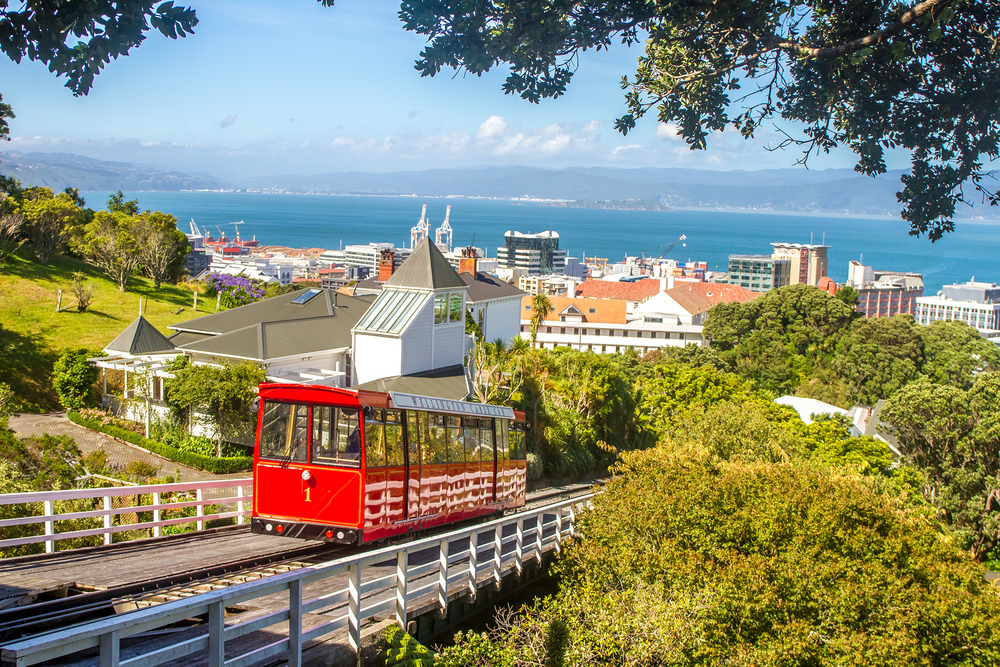
New Zealand’s capital wraps around a harbor with remarkably accessible marine reserves just minutes from the central business district. The Taputeranga Marine Reserve on the city’s south coast protects a convergence zone where warm northern and calm southern waters meet, creating an unusually diverse ecosystem.
Urban snorkelers regularly encounter schools of blue moki, crayfish, and even the occasional octopus while exploring rocky reefs visible from coastal sidewalks.
Like Travel Pug’s content? Follow us on MSN
Seattle, USA

The emerald waters of Puget Sound offer surprisingly rich snorkeling opportunities at sites accessible by public transportation from downtown Seattle. Cove Two at West Seattle’s Lincoln Park features eelgrass meadows where tiny sculpins dart between swaying blades while moon jellies pulse overhead during summer months.
Patient observers spot giant Pacific octopuses, the region’s underwater icons, hiding among rocky features just offshore from one of America’s fastest-growing cities.
Auckland, New Zealand
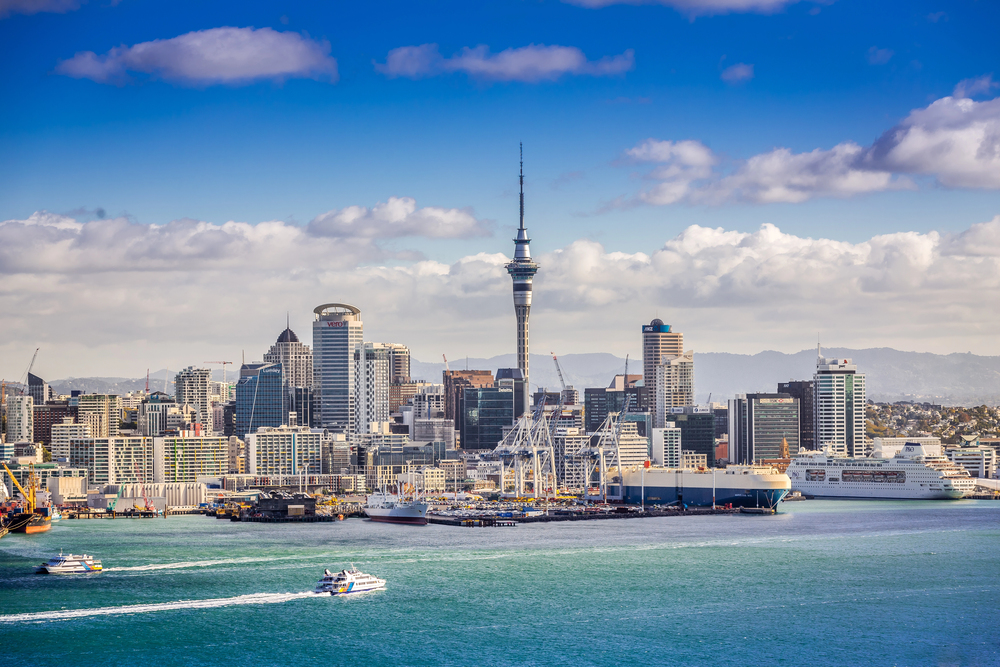
New Zealand’s largest city surrounds a harbor dotted with volcanic islands offering protected snorkeling within view of the distinctive Sky Tower. Goat Island Marine Reserve, just an hour from downtown, provides an accessible underwater sanctuary where massive snapper, once rare due to overfishing, now approach snorkelers with curious confidence.
The juxtaposition of abundant marine life against the visible city skyline highlights Auckland’s successful marine conservation efforts within an urban context.
Zadar, Croatia
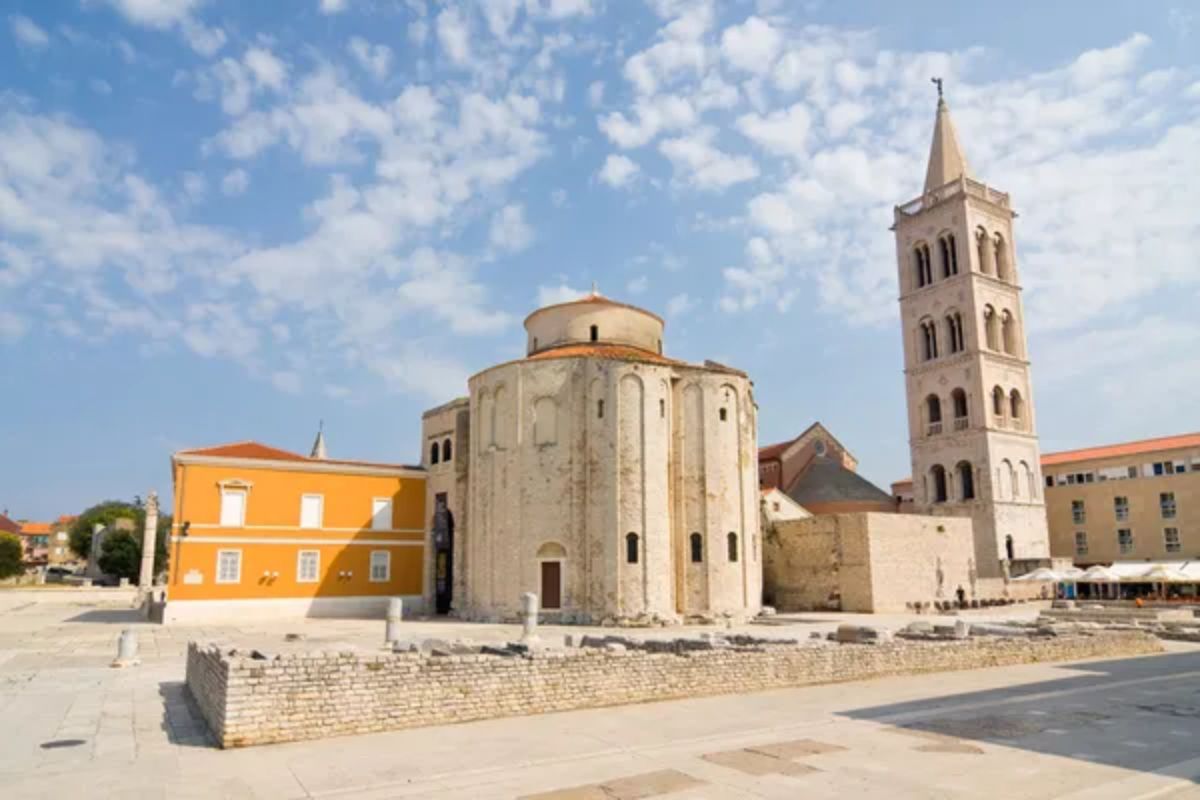
This historic Adriatic city features Roman ruins above water and remarkable underwater visibility along its rocky coastline. The nearby Kornati Islands, accessible by boat tours from the city center, offer snorkeling among vertical underwater walls where colorful Mediterranean fish species congregate in large numbers.
The contrast between ancient architecture and vibrant marine ecosystems creates a distinctly Croatian blend of cultural and natural experiences.
Like Travel Pug’s content? Follow us on MSN
Cape Town, South Africa

The meeting point of the Atlantic and Indian Oceans creates unique marine environments around this iconic city framed by Table Mountain. False Bay’s warmer waters host an extraordinary diversity of marine life, with the sheltered tide pools at Dalebrook Beach offering accessible urban snorkeling among colorful anemones, octopuses, and small reef fish.
More adventurous snorkelers explore the famous kelp forests of the Cape Peninsula, where sea urchins, abalone, and the occasional Cape fur seal make appearances.
Stockholm, Sweden

The Swedish capital’s archipelago comprises thousands of islands with protected coves offering surprisingly good snorkeling during the brief Baltic summer. The clear, brackish waters around Fjäderholmarna, reached by regular ferries from downtown, support a unique ecosystem where freshwater and marine species coexist in an environment unlike typical tropical snorkeling destinations.
The pale sandy bottoms reflect available light, enhancing visibility while snorkelers explore underwater meadows of native aquatic plants.
Hong Kong, China

Beyond this densely populated city’s commercial harbor lie over 250 islands with secluded bays offering unexpected snorkeling opportunities. The protected waters of Hoi Ha Wan Marine Park in the New Territories contain more than 60 coral species supporting an ecosystem rarely associated with one of the world’s most vertical cities.
Summer visitors find surprisingly clear waters revealing colorful reef fish, sea cucumbers, and occasional octopuses among coral formations within an hour’s journey from central Hong Kong.
Like Travel Pug’s content? Follow us on MSN
San Francisco, USA
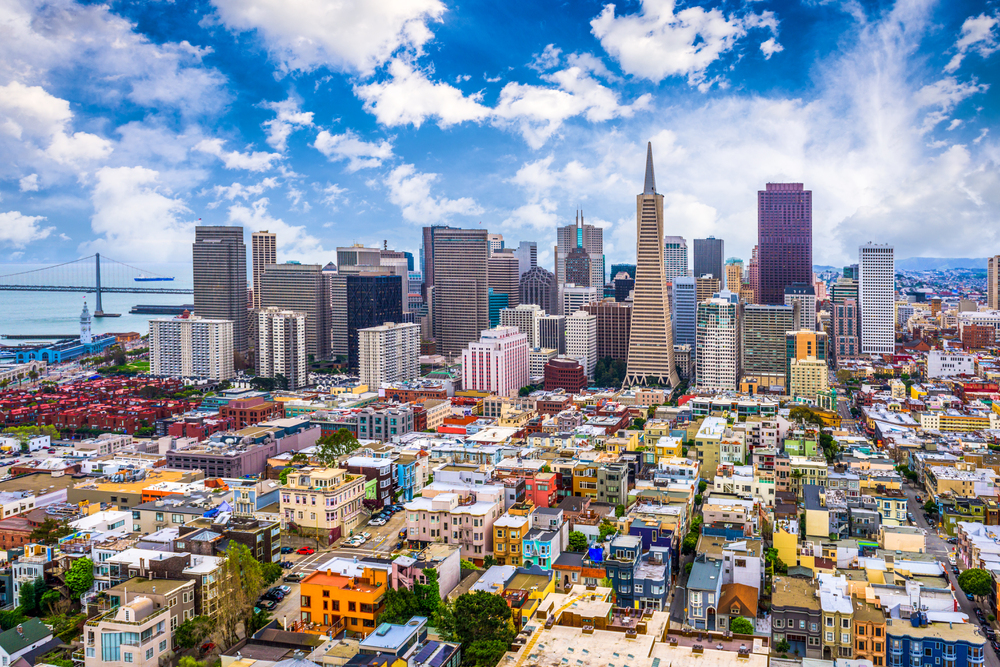
The chilly Pacific waters meeting San Francisco Bay create productive marine environments where adventurous snorkelers discover surprisingly rich ecosystems. The protected cove at the Aquatic Park Historic District offers urban snorkeling within view of Alcatraz, where harbor seals, schools of anchovies, and the occasional bat ray glide through the green waters.
The more exposed Fitzgerald Marine Reserve, located south of the city, rewards cold-water snorkelers with one of the most accessible intertidal reef ecosystems on the West Coast.
Reykjavík, Iceland
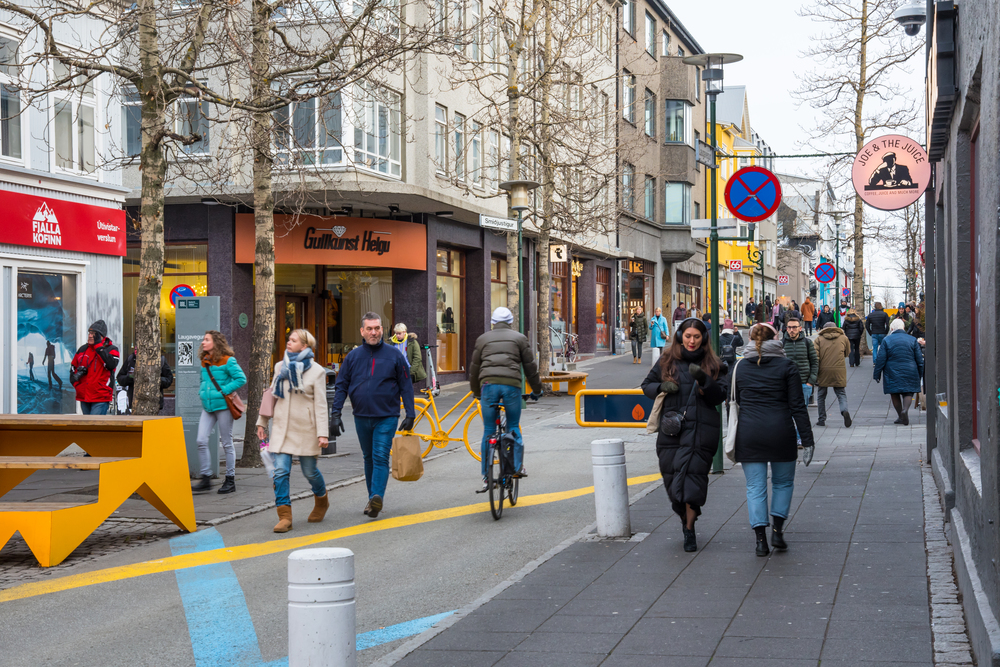
Iceland’s capital offers what might be the world’s most unusual urban snorkeling experience in the crystal-clear waters filling the Silfra Fissure at Thingvellir National Park, just 45 minutes from downtown. This remarkable geological feature allows snorkelers to float between the North American and Eurasian tectonic plates through water filtered by lava rock to exceptional clarity, exceeding 300 feet of visibility.
The surreal blue environment contains little marine life, but compensates with an underwater landscape unlike anywhere else on earth.
Singapore
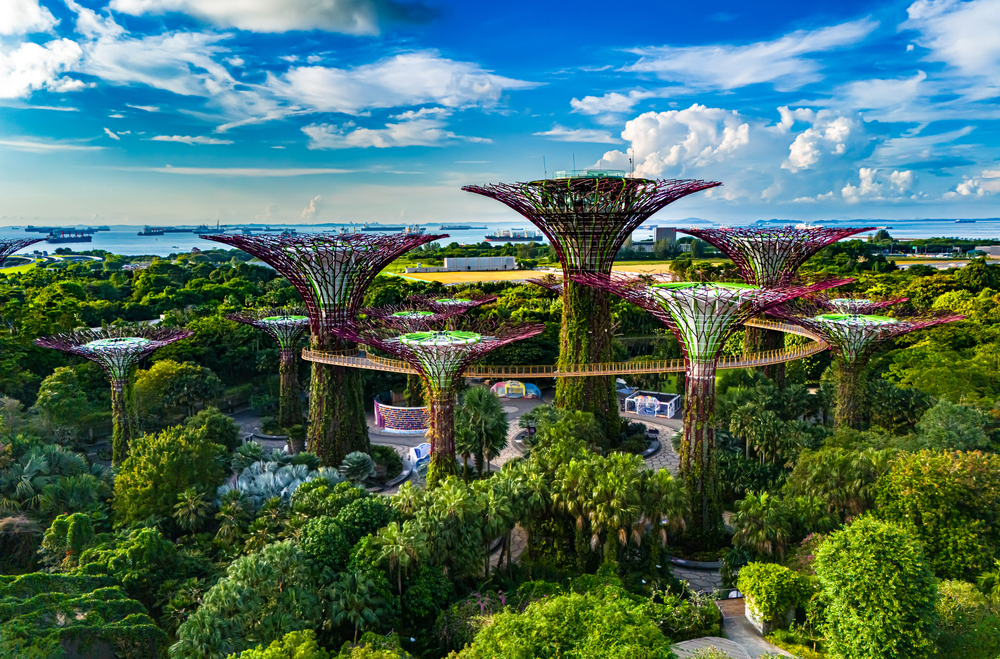
This island city-state has invested heavily in marine conservation, with surprising results for urban snorkelers exploring the waters around its southern islands. Sister’s Islands Marine Park, accessible by a short boat ride from the mainland, protects more than 250 species of hard corals, supporting an unexpected diversity of reef fish within view of one of the world’s busiest shipping lanes.
Conservation efforts have created snorkeling opportunities where colorful clownfish, nudibranchs, and even sea turtles thrive alongside a major global port.
Like Travel Pug’s content? Follow us on MSN
Hobart, Australia

Tasmania’s capital sits at the mouth of the Derwent River, where cold, clean waters support unique marine ecosystems that are accessible from urban beaches. Tinderbox Marine Reserve, just 30 minutes from downtown, offers snorkelers encounters with distinctive southern species like weedy sea dragons and handfish among forests of giant kelp.
The temperate waters might require thicker wetsuits than tropical destinations, but reward properly equipped snorkelers with marine life found nowhere else on earth.
Wellington, New Zealand

The compact New Zealand capital wraps around a harbor where environmental restoration efforts have revitalized urban marine ecosystems. The Taputeranga Marine Reserve on Wellington’s south coast protects a remarkable convergence zone where warm northern and cool southern waters meet, creating unusual biodiversity just minutes from downtown coffee shops.
Winter snorkelers occasionally encounter visiting fur seals investigating the rocky reefs visible from coastal walkways.
Dubrovnik, Croatia
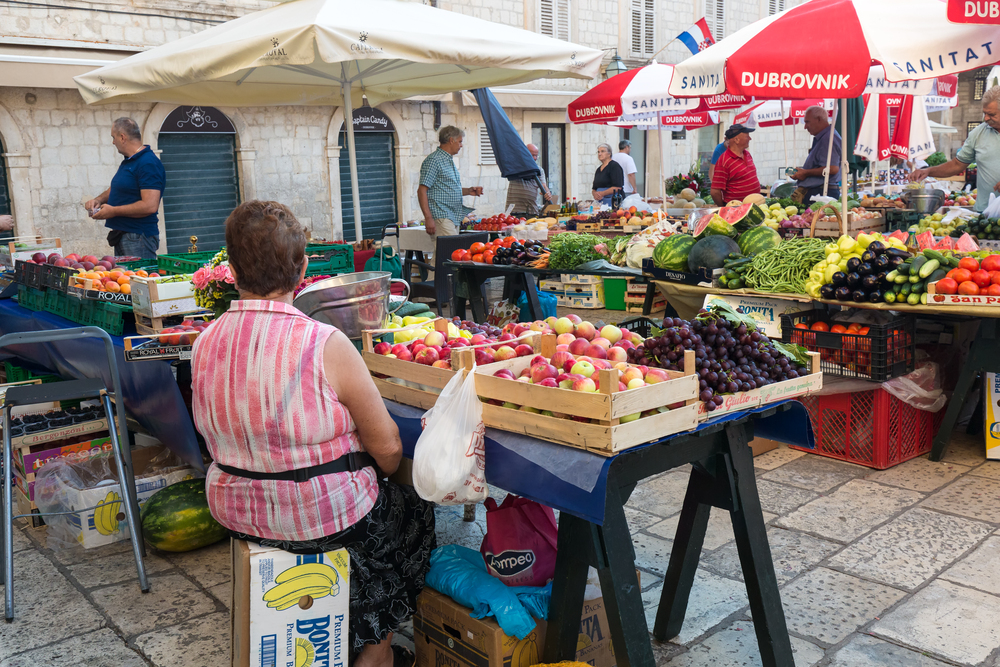
The medieval walls of this Adriatic city plunge directly into remarkably clear Mediterranean waters, offering exceptional urban snorkeling. The protected bay at Banje Beach provides accessible snorkeling among schools of salema, damselfish, and wrasses darting between rocky outcrops encrusted with colorful sponges.
More adventurous snorkelers explore the limestone cliffs outside the city walls, where underwater rock formations create habitats for octopuses and moray eels within swimming distance of UNESCO World Heritage architecture.
Like Travel Pug’s content? Follow us on MSN
Athens, Greece
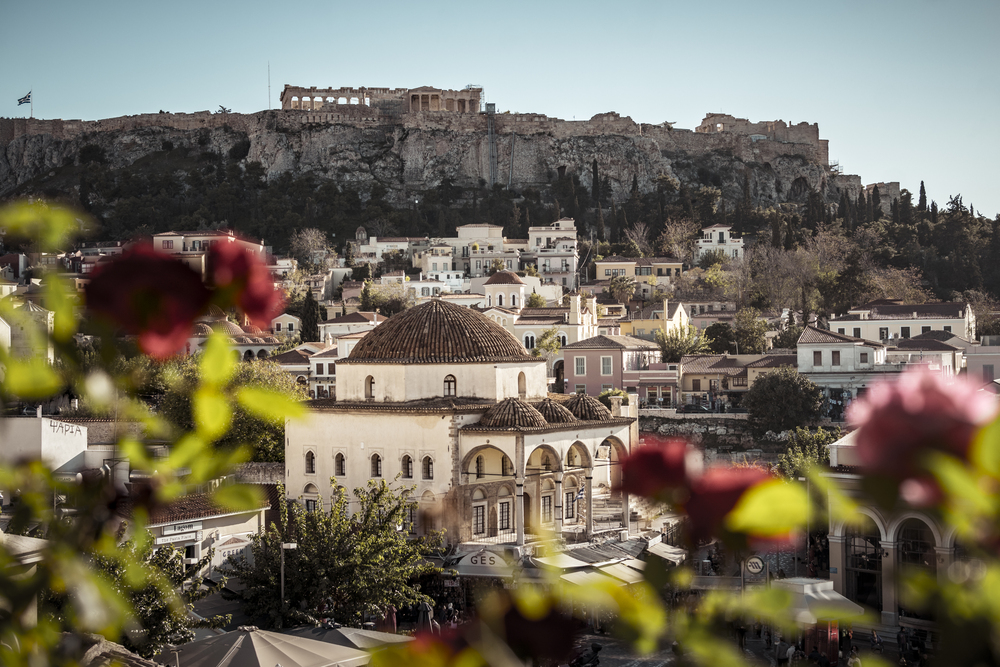
Beyond the ancient monuments, Athens offers surprising snorkeling along the Apollo Coast, just 30 minutes from the Acropolis. The clear waters of Vouliagmeni Bay remain pleasant year-round due to underground thermal springs, creating a unique environment where Mediterranean marine life thrives even during winter months.
The protected Lake Vouliagmeni itself offers an unusual snorkeling experience in a brackish environment where tiny therapeutic fish provide natural spa treatments to snorkelers exploring underwater caves.
Anchorage, Alaska

During the brief summer season, Alaska’s largest city provides access to remarkable cold-water snorkeling in dramatic settings. The protected waters of Kachemak Bay State Park, reached by water taxi across Cook Inlet, offer snorkeling among colorful anemones, giant Pacific octopuses, and curious harbor seals against a backdrop of snow-capped mountains and calving glaciers.
The rich nutrients in these northern waters support productive ecosystems where large starfish, sculpins, and even salmon can be observed during their spawning runs.
Naples, Italy

The iconic Bay of Naples offers surprisingly good snorkeling just offshore from this historic city dominated by Mount Vesuvius. The protected marine area around nearby Gaiola Island contains submerged Roman ruins where ancient columns and mosaics provide habitat for modern marine life in a uniquely Italian blend of cultural and natural heritage.
Snorkelers explore this underwater archaeological park where modern fish swim through ancient architecture just a short distance from urban Neapolitan neighborhoods.
Like Travel Pug’s content? Follow us on MSN
Urban Waters Reimagined
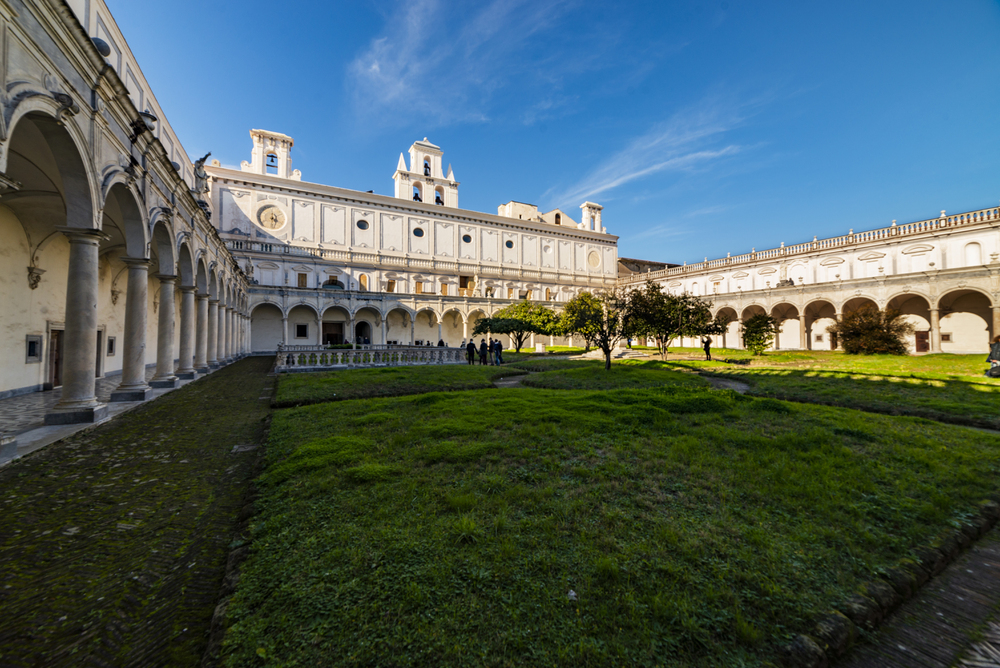
The unexpected snorkeling opportunities in these cities challenge our assumptions about where nature thrives and where meaningful underwater experiences can be found. These accessible urban adventures demonstrate successful marine conservation within metropolitan contexts, proving that healthy ecosystems can coexist with human development when properly protected.
For travelers seeking to minimize their carbon footprint or simply combine cultural and natural experiences efficiently, these city-based snorkeling destinations offer refreshing alternatives to remote tropical locations. As climate awareness reshapes travel habits, these urban underwater experiences highlight the value of protecting and appreciating nature wherever it persists—even in the shadow of skyscrapers.
More from Travel Pug

- Cities Growing so Fast You Won’t Recognize Them in 10 Years
- 13 Destinations Where Tourists Regularly Regret Their Trip
- 20 Obscure WWII Sites Even History Buffs Don’t Know About
- 10 Under-the-Radar Mountain Towns That Are Both Affordable and Beautiful
- 20 Abandoned Places That Feel Like Real-Life Post-Apocalyptic Movie Sets
Like Travel Pug’s content? Follow us on MSN
